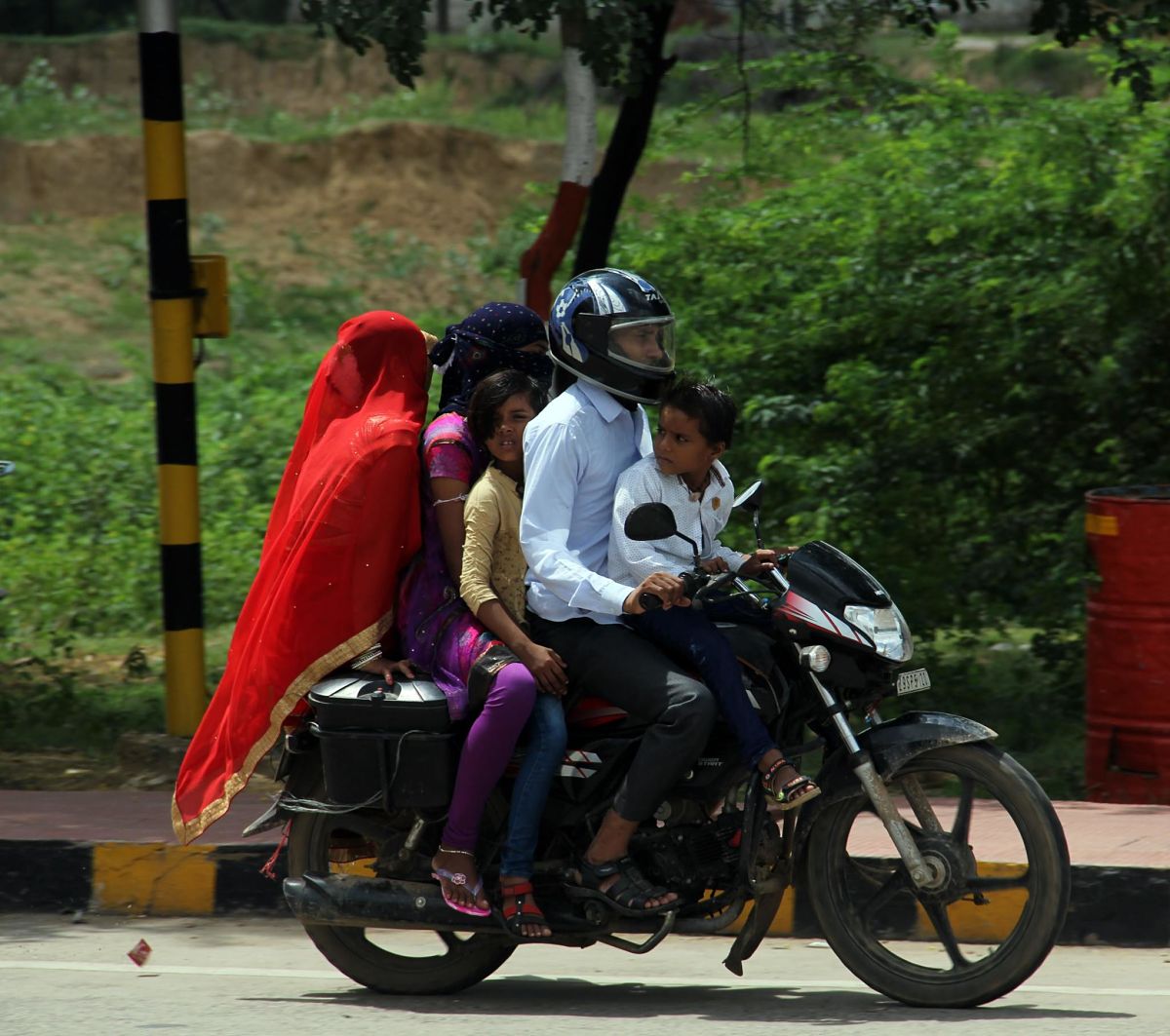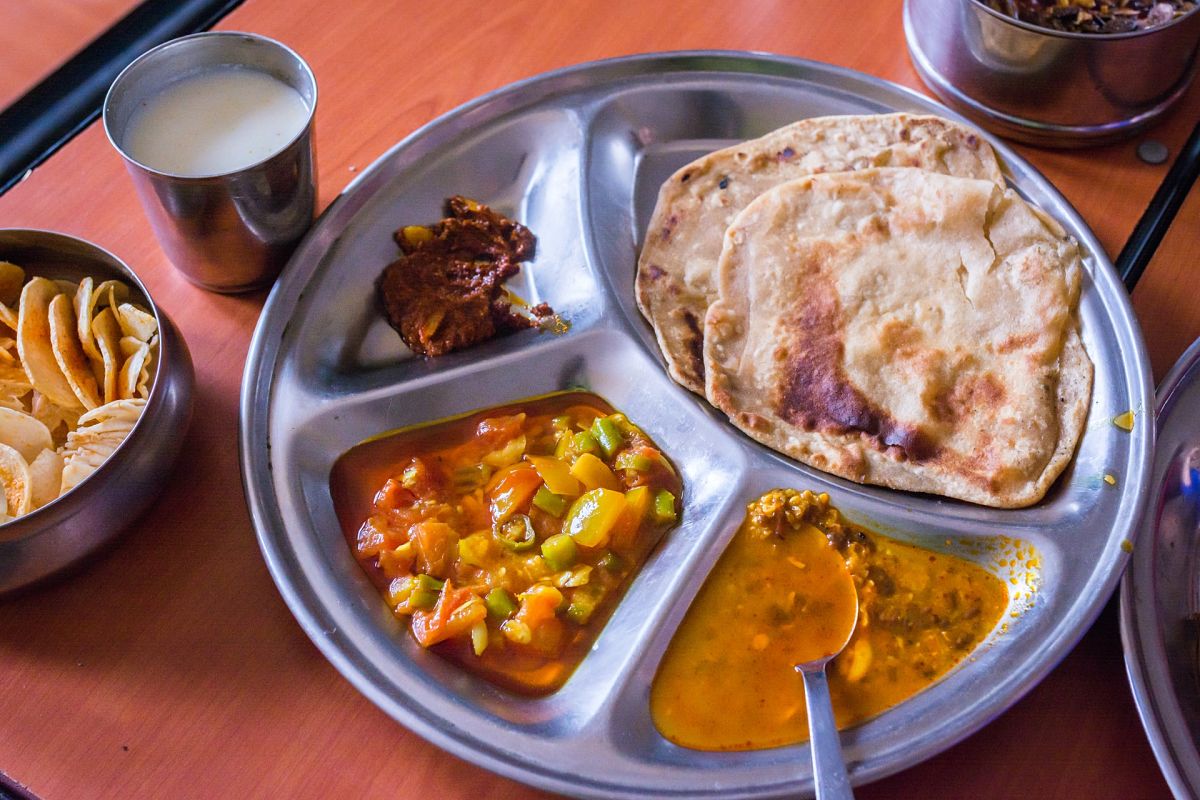Indian culture and tradition in the world 🌎
As India is one of the world’s oldest cultures it has been subjected to a plethora of language influences.
The primary ones are; Hindi 41%, Bengali 8.1%, Telugu 7.2%, Marathi 7%, Tamil 5.9%, Urdu 5%, Gujarati 4.5%, Kannada 3.7%, Malayalam 3.2%, Oriya 3.2%, Punjabi 2.8%, Assamese 1.3%, Maithili 1.2%, other 5.9%. English is used primarily in business, and for economic and political purposes.
Language is regional and dialects play a role in the variety of languages spoken throughout India, with some sources suggesting that there are possibly 1,652 different languages or dialects. These come from four main linguistic families and are centred on different regions.
Local guides and translators may be beneficial if you are conducting meetings in a variety of locations throughout the country as the difference in language is ubiquitous.
INDIAN CULTURE & SOCIETY
Religion & Beliefs
- Hindu 79.8%, Muslim 14.2%, Christian 2.3%, Sikh 1.7%, other and unspecified 2% (2011 est.)
- India has the second largest Muslim population in the world
- Religious practises are an integral part of daily life
- From the Hindu culture arose three other major religions: Buddhism, Jainism and Sikhism.
- Hinduism has long established roots in India dating from 2000-1500 B.C.E
- In Hinduism there is no single founder, specific theological system, or central religious structure
- Vedas and Upanishads are the holy books of Hinduism
- Hinduism teaches meditation, yoga and ascetic practices to cultivate self-discipline and unity
- The cow is considered a sacred animal
Major Celebrations/Secular Celebrations
- 26th January (Republic Day)
- 15th August (Independence Day)
- 2nd October (Gandhi Jayanti; Mahatma Gandhi's Birthday)
- Diwali – October/November
- Holi – March, to celebrate Spring
The Family
- Family values are highly respected throughout India and are fundamental in daily life
- The structure of the family is patriarchal; a woman must obey her father, her husband, her son.
- Arranged marriages are commonplace
- The urban middle-class population of India have begun to move away from arranged marriages
- Families often live with three or four generations in the same household
- Traditionally sons inherit and daughters receive a dowry
- Child care is provided by the female family members
Social Stratification
- India has one of the world’s oldest caste systems
- The caste structure divides people into four main groups: Brahmins, Kshatriyas, Vaishyas and Shudras
- Brahmins, the teachers and intellectuals - Brahma's head. Kshatriyas, the warriors and rulers – Brahma’s arms. Vaishyas, the traders - Brahma’s thighs, and finally, Shudras, the menial workers - Brahma's feet
- There can be as many as thirty castes within one village
- Intermarrying between castes was forbidden but in urban areas is now more common
- Your caste is set by birth
 |
Gender Roles
- Mothers, grandmothers and older siblings care for infants
- Patriarchal families are the norm
- Women are considered to hold secondary positions within the home and workplace
- 82.14% of males and 65.46% of females are literate (2011 census)
- Women often receive little schooling
- Divorce and inheritance laws are male-dominated
Socialisation
- Until the child is two, the mother or grandmother is the primary caregiver
- Once the child is two, older sisters are the primary caregivers
- Sons are generally given better opportunities and receive a superior education
- Gender-specific roles are encouraged within the family unit and in wider society
Economy
- The Indian economy is one of the fastest growing in the world
- Indian labour force is estimated at 509.3 million
- 60% are employed in agriculture or related industries
- India has established Special Economic Zones to encourage and support business
- India's long-term growth is considered moderately positive due to a young population and corresponding low dependency ratio, healthy savings and investment rates
- GDP 7.6% (2016 Est.)
Food
- Food in India is often served on a ‘thali’ – a tray or plate that can hold several dishes
- ‘Curry’ is a European term to describe the spicy dishes found in India
- In some parts of India meals are eaten with rice (chawal), in others, flat breads (roti) are preferred
- Food is infused with spices such as cumin, turmeric, black pepper, cardamom, cloves and coriander
- Most Hindus avoid eating beef
Arts, Humanities & Popular Culture
- The Indian culture has absorbed and amalgamated many different customs and ideas throughout its long history which has led to a rich tradition and folk culture
- The most popular musical instrument in India is the sitar, an instrument similar to a guitar
- India is well regarded for its rugs, craft, metalwork, bronzes, stone carving, pottery, woodwork, and jewellery.
- Traditional sports include camel racing and cock fighting
- Folk dances are regional and often celebrated during festivals
- ‘Bollywood’ is the informal name given to the popular Mumbai-based film industry
- Bollywood has the largest output in the world in terms of number of films produced and, possibly, number of tickets sold.

Comments
Post a Comment